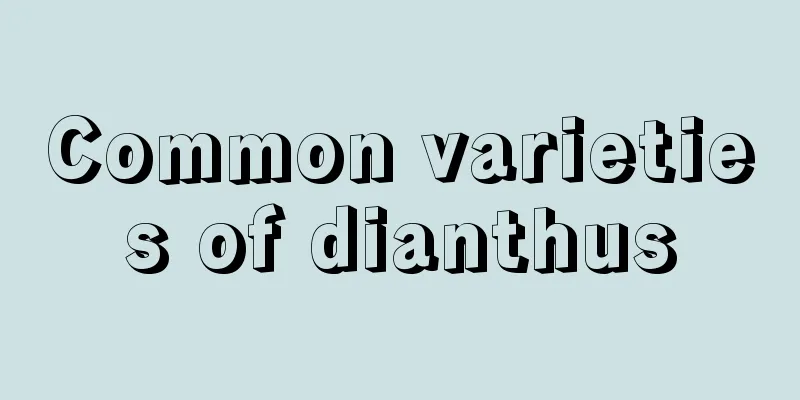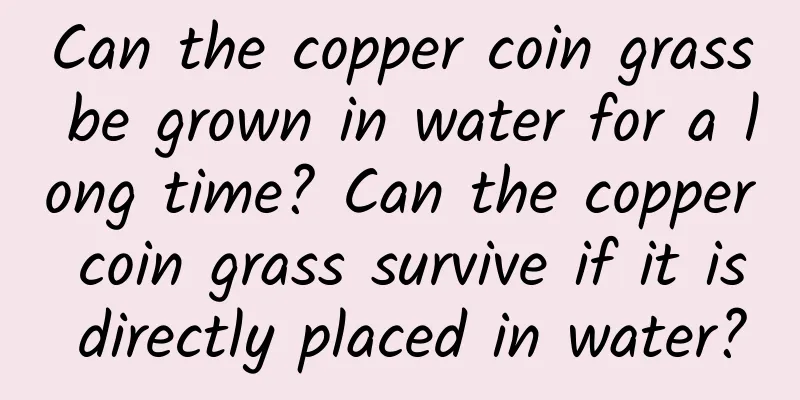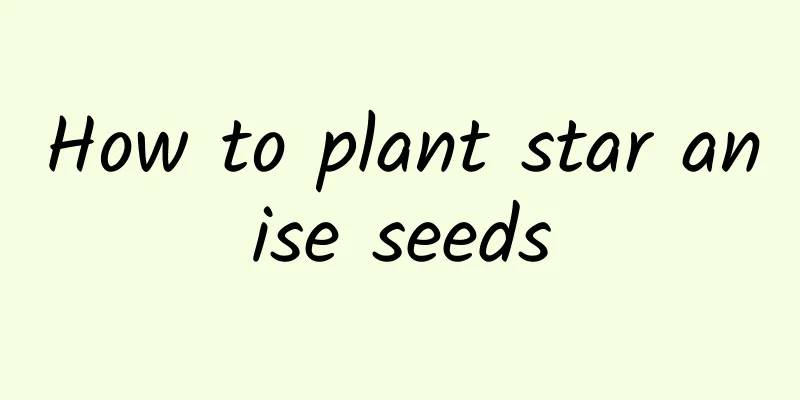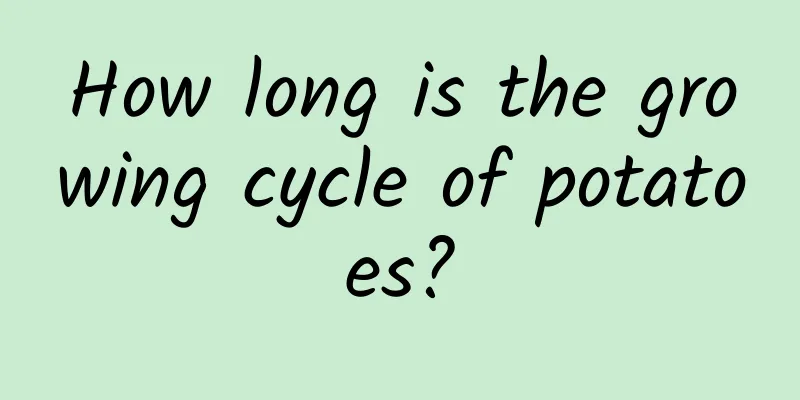When is the best time to control the growth of sweet potatoes (why do we need to turn the vines to control the growth of sweet potatoes)

|
Sweet potatoes grow from early July to late August. This is the time when the stems and leaves grow most vigorously, and it is also the period when the sweet potatoes expand rapidly and the leaf area is the largest. During this period, we must always pay attention to management to achieve promotion within control and control within promotion. To promote means to promote the proper growth of stems and leaves, and to promote the rapid expansion of sweet potatoes. The method is that for sweet potato fields with average fertility, the focus should be on promoting the growth of stems and leaves and promoting the enlargement of tubers. Apply less nitrogen fertilizer and more potassium fertilizer. You can also spray urea solution and potassium dihydrogen phosphate solution on the leaves 1-2 times. Control means controlling the vigorous growth of stems and leaves, allowing nutrients to be transported to the underground tubers, and promoting the enlargement of the tubers. The method is that under the condition of low fertilizer and water, sweet potatoes may grow wildly, and various methods should be adopted to control the wild growth, so that nutrients can be accumulated and transported underground to promote the rapid expansion of tubers, such as turning the seedlings, lifting the seedlings, topping, and drug control. In the past, we used the method of turning the seedlings to control growth. Later, some people said that turning the sweet potato seedlings was unscientific and that it would be better to lift the seedlings or spray growth control agents. When sweet potatoes enter the rainy season, if there is an excess of nitrogen fertilizer, the stems and leaves grow luxuriantly, the node roots are easily multiplied, and the nutrients are dispersed, which is not conducive to the transportation of nutrients to the tubers. In the past, the method of turning the seedlings was used, which disrupted the optimal distribution of light energy for the leaves, reduced the leaves' ability to produce nutrients, and thus affected the yield . So later, we changed the way of turning the seedlings to lifting them , and then we used chlormequat, paclobutrazol, or ethylenediaminetetracycline to control the growth of the sweet potatoes. This can damage the stems and leaves of the sweet potatoes, and will not disrupt the stratification of the leaves, which is beneficial and harmless. Whether turning or lifting the seedlings, the following points should be noted:First, do not break the stems and vines, otherwise new branches will grow , which will distribute more nutrients to the stems and leaves, reducing the supply to the tubers. In particular, do not turn the seedlings too frequently. Except for inter-row cultivation, weeding, and fertilization, turning the seedlings is generally not suitable, otherwise it will affect the yield. Second, lift the seedlings gently and leave them in the original place after cutting off the adventitious roots . This can inhibit the excessive growth of stems and leaves and promote the transfer of nutrients to the tubers. Third, the lifting or turning of seedlings must be flexibly controlled according to the variety, seedling conditions, etc. For varieties with clumping, short vines, fragile stems, or poor growth of the aboveground parts, but the field is well ventilated and light-permeable, the stems and vines have few adventitious roots, or in dry weather conditions, the lifting of seedlings should be reduced or not done. Fourth, when the soil is fertile, hot and humid, and the field is closed, the seedlings should be raised appropriately . However, attention should be paid to reducing the damage to the stems and leaves, and the stems and vines should be straightened to facilitate their continued normal growth. Turning the sweet potato vines can cause a reduction in yield, which has been confirmed in actual operations, such as reducing the transport of nutrients to the ground, shaking the roots and affecting the expansion of the tubers, etc., and the more times the vines are turned, the greater the reduction in yield. Therefore, it is generally not advisable to turn the vines, and it is better to lift the vines or spray growth control agents. |
Recommend
Characteristics of Asparagus fern
1. Morphological characteristics Asparagus fern c...
What are the cultivation methods and precautions of Milan flowers?
Milan flower cultivation method Milan flowers pre...
When is the best time to plant sweet elephant grass?
Sweet elephant grass is a perennial herb with str...
The language and symbolism of orchids
1. Flower Language In China, the flower language ...
Hydroponic methods and precautions for garlic
Seed selection First, we need to choose some good...
Can the branches of the fortune tree survive by being planted? Can it survive by being placed in water?
1. Can it be inserted alive? The branches of the ...
The benefits of pouring beer on Clivia
1. Provide carbon dioxide It contains a lot of ca...
What are the legends and meanings of wisteria?
1. Flower language introduction Wisteria is a flo...
Why does asparagus fern turn yellow?
1. Causes 1. Improper use of water will cause its...
The difference between orchids with too much water and those without enough water (with rescue methods)
1. Large amount of water Symptoms: If the orchid ...
Can Chinese medicine residue be used as fertilizer?
Traditional Chinese medicine residue as fertilize...
What are the cultivation methods and precautions of apple taro
Apple arrowroot cultivation method Apple arrowroo...
Cultivation methods and precautions of Dieffenbachia
1. Lighting Dieffenbachia is an evergreen herb of...
How many days does it take for coriander to sprout? How to plant coriander so that it sprouts quickly and well?
Coriander germination time After planting the cor...
Carnation Flower Language
1. Gratitude and Respect The more common flower l...









